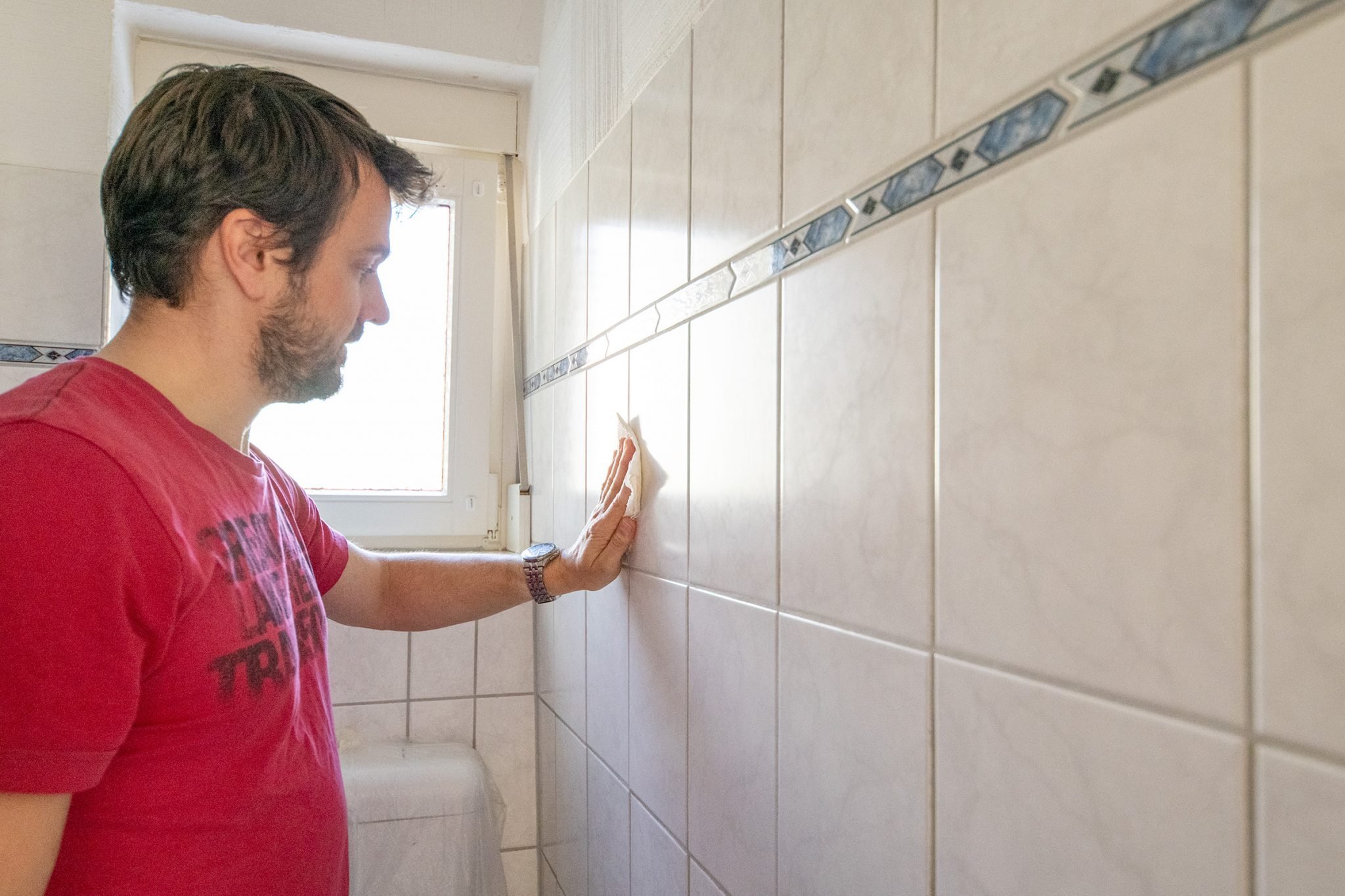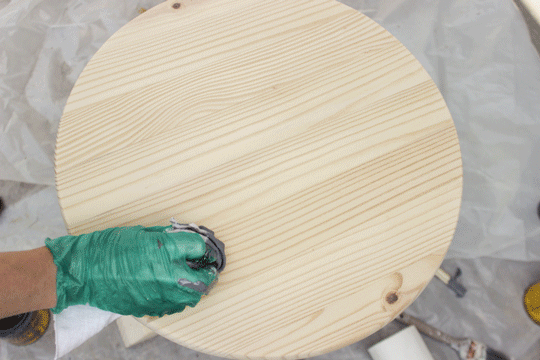This time around, we shall cover Applying Wipe On Poly With Foam Brush. Obviously, there is a great deal of information on Foam Brush Applicator on the Internet. The rapid rise of social media facilitates our ability to acquire knowledge.
information about Can You Apply Polyurethane With A Sponge is also related to What Type Of Brush To Use For Oil-Based Polyurethane and Foam Brush For Water-Based Polyurethane. As for further searchable items pertaining to How To Apply Polyurethane Without Brush Marks, they will likewise have anything to do with How to Apply Polycrylic.

9 Tips to Applying Wipe On Poly With Foam Brush | Can You Apply Polyurethane With A Sponge
- Apply oil-based poly using a fine-bristled brush (natural or synthetic bristles) or a foam brush. Avoid inexpensive bristle brushes, as these tend to leave obvious brush strokes. Foam brushes are inexpensive (and disposable) and work well for most flat surfaces. Bristle brushes are better for molded edges and fine details. - Source: Internet
- One way to prevent this from happening is to prepare the wood before applying the water-based finish. Dip a rag in water and wipe it on the surface of the wood. When the wood is dry, lightly sand with 220 grit sandpaper. Then, remove the sanding dust. First, remove the majority of the dust with a ShopVac and then follow up with a tack cloth. - Source: Internet
- It’s best to apply polyurethane to flat (as in level) surfaces so the finish can self-level and is less likely to drip. When applying polyurethane on vertical surfaces, you may experience drips or runs. Minimize this problem by applying thinner coats or by switching from standard brush-on poly to a wipe-on or spray finish, both of which can be applied in very thin coats. If you end up with runs or drips, try to sand them out when sanding between coats, or carefully remove them with a sharp razor blade (followed by sanding to feather in the blemish). - Source: Internet
- The basic application technique for water-based poly is similar to that for oil-based. Apply a very thin coat of polyurethane with a fine brush, foam pad, or cloth. Work with the grain, and avoid applying too much polyurethane to avoid raising the grain. - Source: Internet
- Both wipe-on and spray formulas are a good solution for tricky applications, like fine details or vertical surfaces. The light application reduces drips and buildup. The primary drawback of these thinner formulas is that you likely will need more coats for a good, protective layer—perhaps five or six coats instead of two or three with conventional brush-on poly. - Source: Internet
- Polyurethane is widely revered as one of the most durable yet easy-to-apply protective wood finishes. Polyurethanes are commonly available in both oil-based and water-based formulas, and there are minor differences between the two in both performance and application. Standard polyurethane is applied with a brush, but there are also wipe-on formulas that are applied with a rag, as well as a spray finishes in aerosol cans. Regardless of the type you use, if your project will see a lot of wear and tear, few finishes are as appropriate as polyurethane for the protective topcoats. - Source: Internet
- The primary advantage of wipe-on and spray polyurethanes is thinness. Both can be applied in ultra-thin coats that result in less buildup in nooks and crannies, provided you don’t apply too much. Wipe-on poly is applied with a clean, lint-free rag. Spray poly goes on just like spray paint. Some woodworkers like to use spray poly for a thin topcoat over base coats of conventional polyurethane, producing a final smooth coat without brush strokes. - Source: Internet
- However, there is yet another type of brush which is the foam brush. It is less expensive and you can easily dispose of it after use. The foam brush is not as desirable and does not have the ability to produce professional results. - Source: Internet
- A foam brush will not give you the best results and it is not the best option for the application of polyurethane. This brush type will produce a lot of defects such as bubbles, marks, and brush lines. The brush is one of the cheapest options available on the market. However, special poly bristle brushes are a better choice. - Source: Internet
 To begin started, here are some tips for finding information about How To Apply Polyurethane With A Brush:
- Research Can You Apply Lacquer With A Foam Brush-related information from credible sources. This includes libraries, websites, and even journalistic professionals.
- When researching Can You Apply Polyurethane With A Sponge, it is vital to be aware of the numerous sorts of electronic media sources, such as Google and YouTube. Social media platforms, such as Facebook and Twitter, are also likely to contain information regarding How To Apply Polyurethane Without Brush Marks.
To begin started, here are some tips for finding information about How To Apply Polyurethane With A Brush:
- Research Can You Apply Lacquer With A Foam Brush-related information from credible sources. This includes libraries, websites, and even journalistic professionals.
- When researching Can You Apply Polyurethane With A Sponge, it is vital to be aware of the numerous sorts of electronic media sources, such as Google and YouTube. Social media platforms, such as Facebook and Twitter, are also likely to contain information regarding How To Apply Polyurethane Without Brush Marks.Video | Applying Wipe On Poly With Foam Brush
To obtain the most accurate information about Foam Brush For Water-Based Polyurethane, it is essential to investigate the credibility of each source by reading.
This article contains multiple applying wipe on poly with foam brush-related films from a variety of sources, which will expand your understanding about What Type Of Brush To Use For Oil-Based Polyurethane. Internet is an excellent resource for getting information on a range of subjects.
## Here are some crucial points concerning applying wipe on poly with foam brush:- Applying Wipe On Poly With Foam Brush
- Applying Polyurethane With Foam Brush
- Can You Apply Lacquer With A Foam Brush
- Foam Brush For Water-Based Polyurethane
- Foam Brush Applicator

With so many websites and forums giving What Type Of Brush To Use For Oil-Based Polyurethane-related information, it is not difficult to locate what you require.
This is a highly unconventional method for obtaining knowledge about Foam Brush Applicator, compared to what most people are accustomed to. It permits a more in-depth examination of the content and application of information regarding Can You Apply Lacquer With A Foam Brush.
 Methods for creating aesthetically pleasing and informative displays of Applying Polyurethane for a Durable, Beautiful Finish information. They can be utilized in business and marketing environments to convey messages regarding Best Brush for Polyurethane – How to Find the Right Poly Brushes. Consequently, we additionally supply photographs regarding Applying Polyurethane for a Durable, Beautiful Finish.
Methods for creating aesthetically pleasing and informative displays of Applying Polyurethane for a Durable, Beautiful Finish information. They can be utilized in business and marketing environments to convey messages regarding Best Brush for Polyurethane – How to Find the Right Poly Brushes. Consequently, we additionally supply photographs regarding Applying Polyurethane for a Durable, Beautiful Finish.
This article concludes by providing an overview of Foam Brush Applicator. In addition, How To Apply Polyurethane Without Brush Marks and Can You Apply Lacquer With A Foam Brush are discussed to compare your understanding of Applying Polyurethane for a Durable, Beautiful Finish.